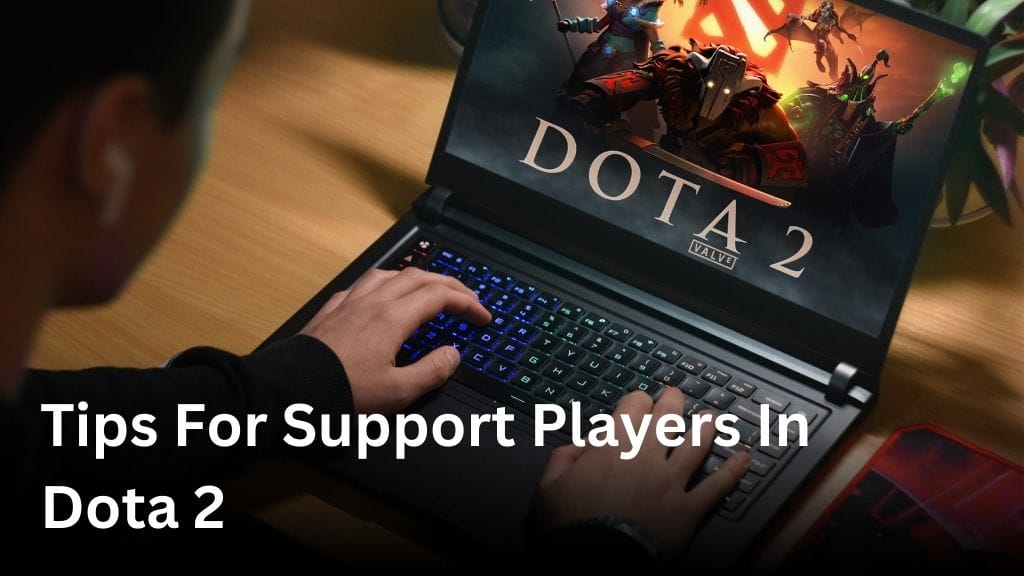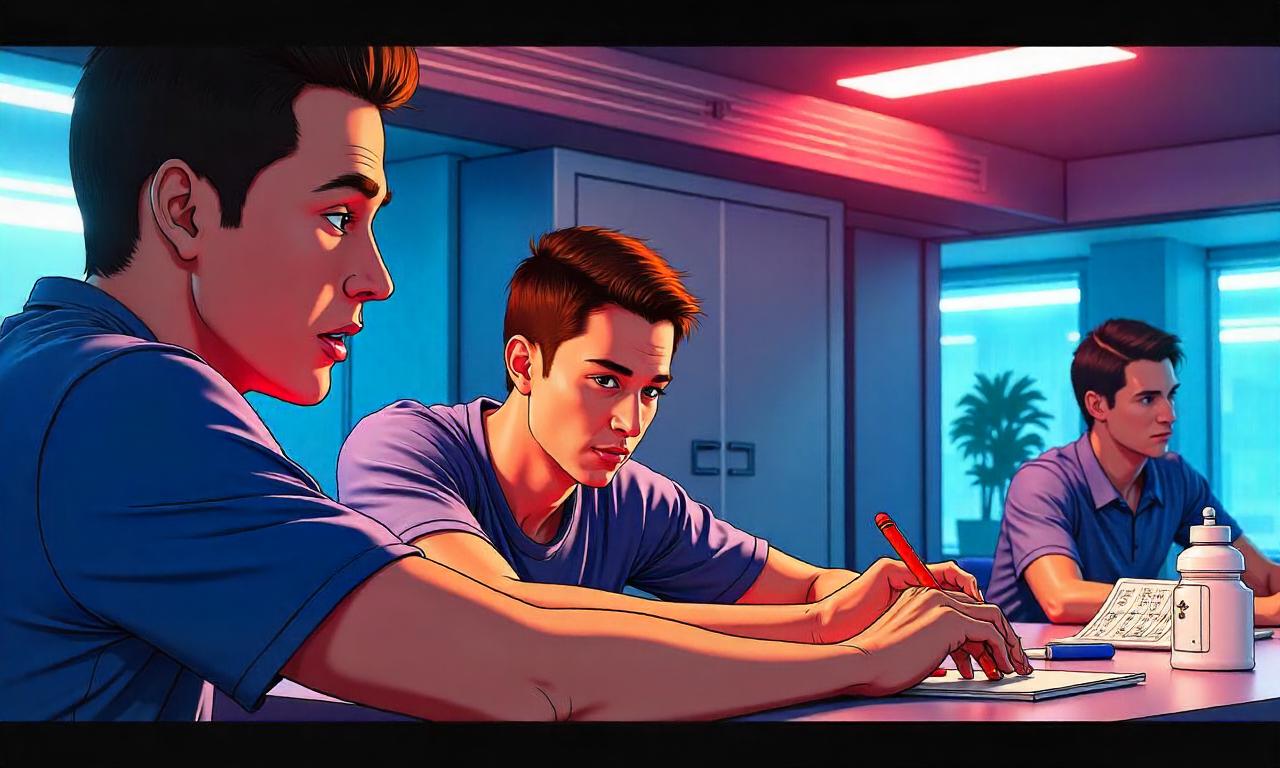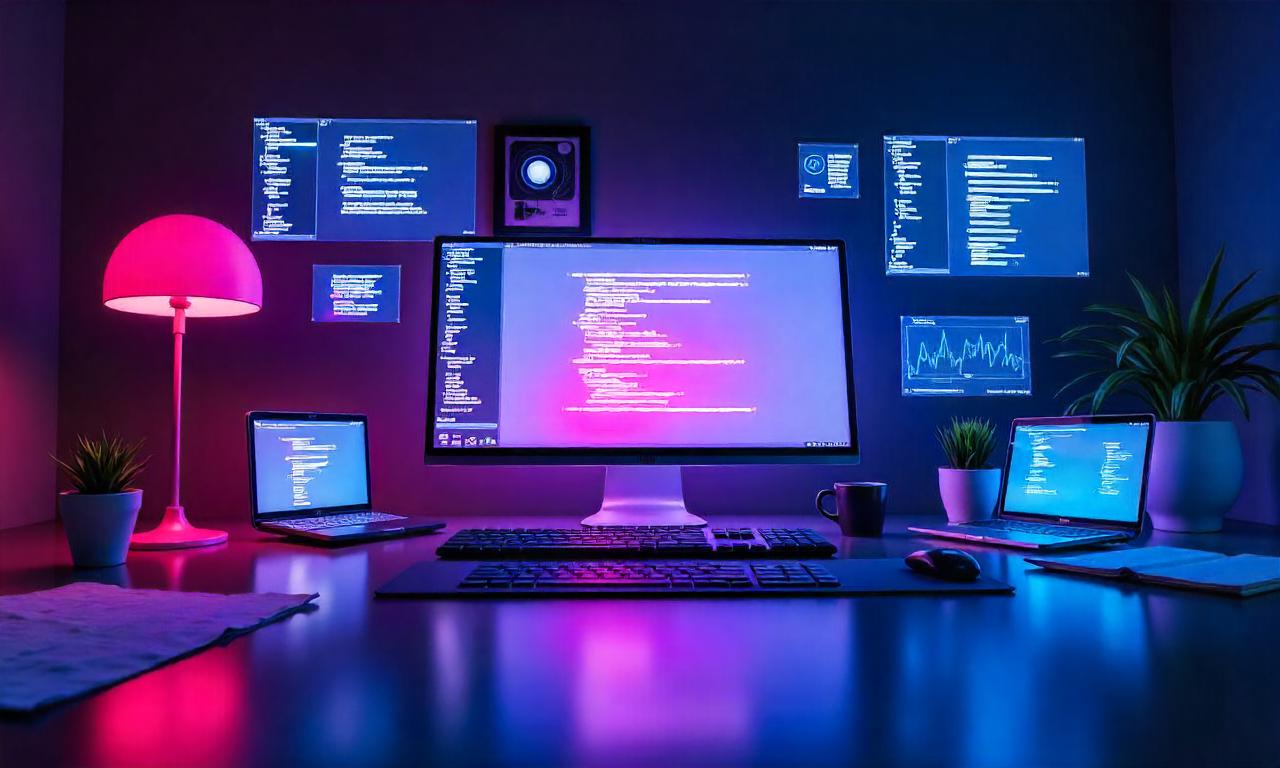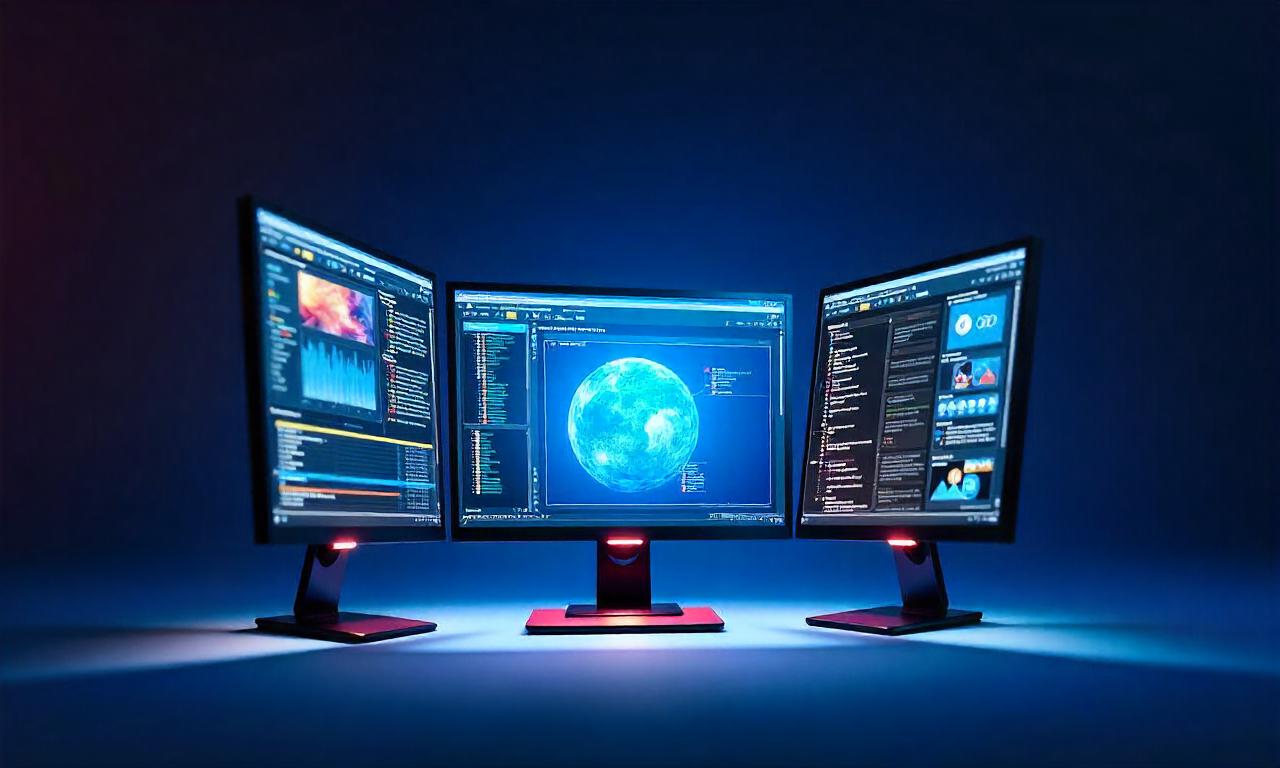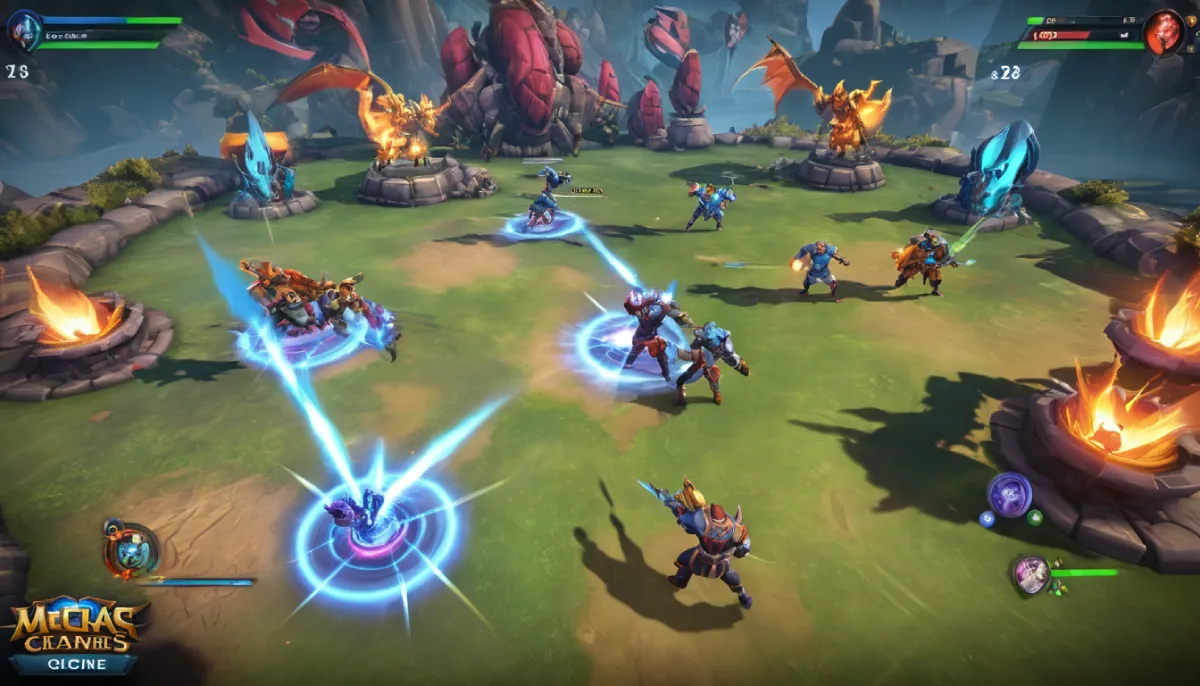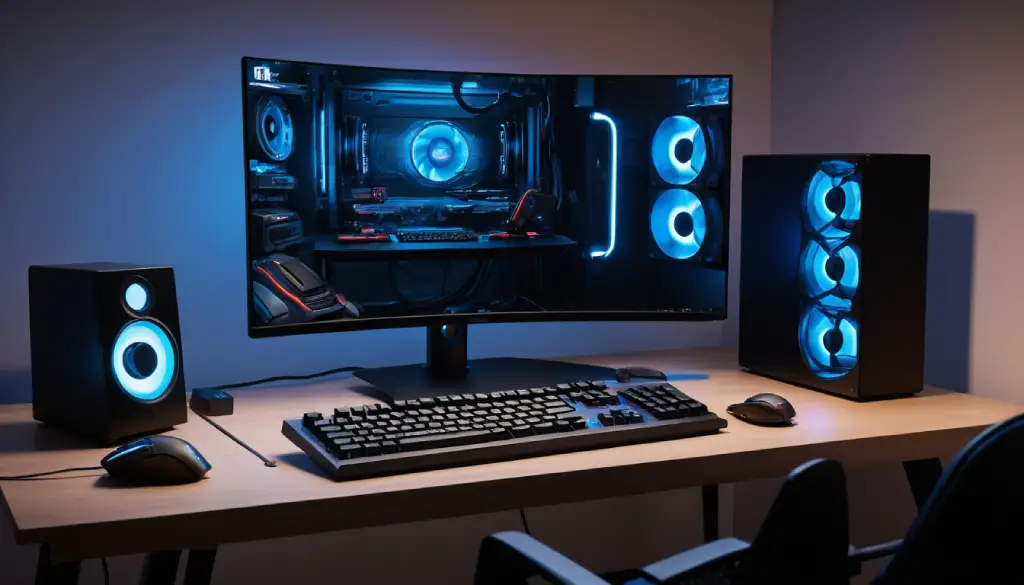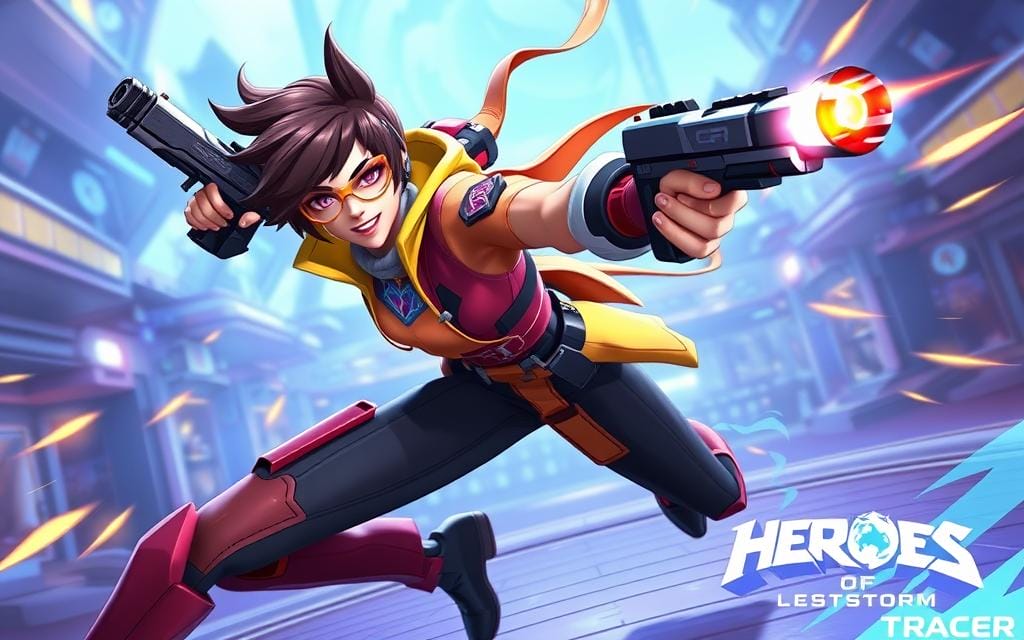Welcome to our comprehensive guide for support players in Dota 2! Whether you’re new to the role or looking to enhance your skills, we’ve got you covered. In this article, we will provide you with essential tips and strategies to improve as a support player and make a significant impact on your team’s success.
As a support player, you play a crucial role in providing vision, utility, and protection to your team. With the right knowledge and techniques, you can optimize your gameplay and become an invaluable asset in every match.
Throughout this guide, we will cover various aspects of support play. From mastering warding techniques and maximizing farm for your team through stacking and pulling to understanding your role in team fights and effective communication strategies, we will explore every facet of being a support player in Dota 2.
So, if you’re ready to level up your support gameplay, let’s dive right in and discover the tips and strategies that will elevate your Dota 2 skills and make you a force to be reckoned with on the battlefield.
Table of Contents
ToggleMastering Warding in Dota 2.
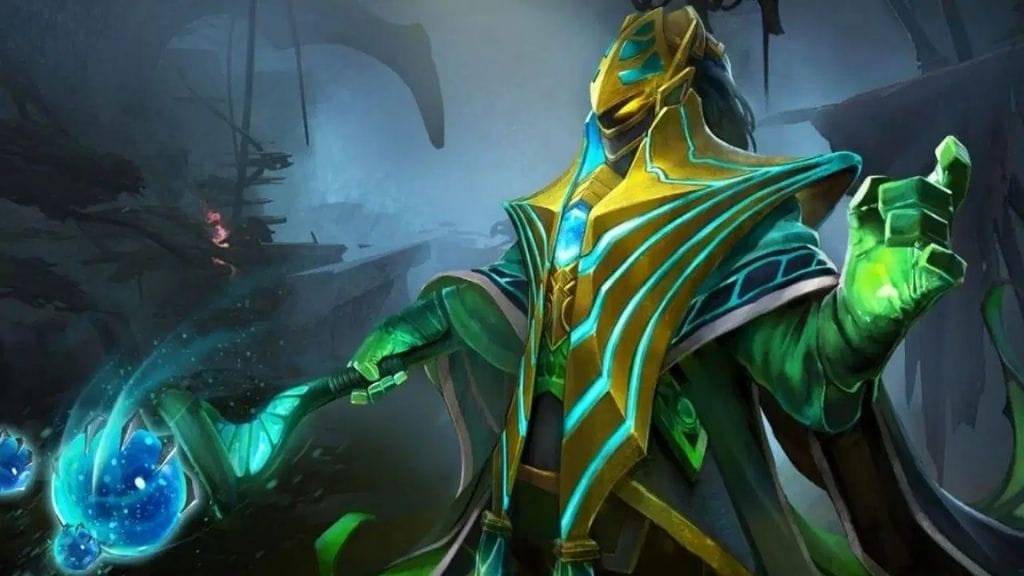
Warding is a crucial aspect of being a successful support player in Dota 2. It not only provides valuable vision but also helps you gain an advantage for your team. In this section, we will explore effective warding strategies, optimal warding spots, and provide you with valuable dota 2 warding tips to enhance your gameplay.
When it comes to warding, proper placement is key. Vision can mean the difference between life and death, victory and defeat. By strategically placing wards, you can not only protect yourself and your team but also gather crucial information about the enemy’s movements and objectives.
Here are some essential dota 2 warding tips to keep in mind:
- Place wards in high-traffic areas, such as jungle entrances and river crossings, to maximize vision coverage.
- Utilize high ground advantage when placing wards to reduce the chances of enemy detection.
- Coordinate with your team to establish a network of wards that covers key objectives and potential gank routes.
- Don’t forget to deward! Remove your opponent’s wards to regain map control and deny them valuable vision.
- Keep an eye on the game’s progression and adjust your warding spots accordingly. As objectives change, so should your ward placements.
By mastering warding techniques and implementing these dota 2 warding tips, you’ll be able to provide valuable vision for your team, control the map, and gain a strategic advantage over your opponents. Remember, good warding is a hallmark of a skilled support player in Dota 2.
Stacking and Pulling: Maximizing Farm for Your Team.
Stacking and pulling creeps is a fundamental technique that every support player should master in Dota 2. By effectively manipulating the creep equilibrium and creating stacked camps, you can provide your carries with additional farm and experience, giving your team a significant advantage.
Here are some essential tips and tricks to help you excel at stacking and pulling:
1. Understanding Stacking and Pulling
Stacking refers to luring neutral creeps out of their spawn box at the right timing, causing a new set of creeps to spawn. Pulling, on the other hand, involves pulling the neutral creeps from a nearby camp into the lane to deny experience to the enemy and reset the creep equilibrium.
2. Proper Timing
Timing is crucial when it comes to stacking and pulling. By understanding creep spawn timings and the distance between camps and lanes, you can execute precise pulls and stacks. The goal is to ensure that the newly spawned neutral creeps meet your wave, pulling the lane equilibrium in your favor.
3. Utilizing Hero Abilities
Some heroes have abilities that make stacking and pulling easier. For example, heroes like Shadow Demon, Keeper of the Light, and Earthshaker can use their abilities to stack multiple camps at once or pull creeps effectively. Familiarize yourself with hero-specific abilities that aid in stacking and pulling and practice using them efficiently.
4. Blocking Enemy Pull Camps
When playing as the support, it’s important to block the enemy’s pull camps with Observer Wards or Sentry Wards. This prevents the enemy from successfully pulling, disrupting their farming patterns and giving your team an advantage in the lane.
5. Communicate with Your Team
Effective communication with your team is crucial for successful stacking and pulling. Inform your carries when you’re going to stack a camp, ask for assistance in pulling, or coordinate with your mid laner to secure runes that can aid in stacking opportunities.
6. Practice and Adapt
Stacking and pulling require practice and patience to perfect. Each game presents different scenarios and challenges, so be adaptable and adjust your stacking and pulling strategies accordingly. Experiment with different pull timings, camp stacking orders, and creep wave management techniques to find what works best for your team.
By mastering the art of stacking and pulling, you can significantly increase your team’s farm and experience efficiency in Dota 2. Remember, practice makes perfect, so keep honing your skills and become a support player that maximizes the potential of your team.
Roaming Support Tactics: Making an Impact Across the Map.
As a support player in Dota 2, mastering the art of roaming can give you a significant advantage in matches. Roaming involves leaving your designated lane and moving around the map to create space for your team and disrupt the enemy’s strategies. In this section, we will explore the importance of roaming as a support player and provide effective tactics to excel in this role.
Understanding the Importance of Roaming
Roaming allows you to apply pressure on multiple lanes, providing your team with vision, gank opportunities, and much-needed map control. By moving across the map, you can surprise enemy heroes, secure kills, and create space for your carries to farm safely. Moreover, roaming supports bring unpredictability to the game, forcing the enemy team to constantly worry about their presence across different lanes.
Effective Ganking Techniques
To become a successful roaming support, mastering ganking techniques is crucial. Here are some tactics to consider:
- Choose your targets wisely: Identify heroes on the enemy team who are vulnerable to ganks or have the potential to snowball and shut them down early.
- Coordinate with your teammates: Communication is key when setting up ganks. Ensure that your team is aware of your intentions, and coordinate attacks with them.
- Utilize smoke of deceit: Smoke can make you and your teammates invisible to enemy wards, providing an opportunity for successful ganks. Use it strategically to avoid detection and surprise the enemy.
- Utilize vision: Before attempting a gank, make sure you have vision of the enemy heroes you intend to target. Observer and Sentry Wards can provide invaluable information, increasing your chances of a successful gank.
Coordinating with Your Teammates
Roaming supports thrive on teamwork and coordination. Here are some tips to coordinate effectively:
- Communicate your movements: Inform your teammates about your intended ganks and movements to ensure they are ready to follow up and provide assistance if needed.
- Synchronize with crowd control abilities: If you have teammates with crowd control abilities, coordinate your ganks with them to maximize the chance of securing kills. Timing is crucial in executing successful ganks.
- Set up ambushes: Coordinate with your teammates to set up ambushes in unexpected locations. By catching enemy heroes off guard, you can secure kills and swing the momentum in your team’s favor.
- Share information: Keep your team updated on enemy ward locations, missing enemy heroes, and potential gank opportunities. Sharing information is vital for successful roaming and ganking.
| Hero | Win Rate | Presence | Kills | Assists |
|---|---|---|---|---|
| Rubick | 52% | 63% | 10.2 | 12.5 |
| Tusk | 56% | 57% | 9.6 | 13.2 |
| Earth Spirit | 48% | 49% | 8.7 | 14.1 |
Table: Top Roaming Support Heroes
Itemization Tips for Dota 2 Supports.
As a support player in Dota 2, your itemization choices can greatly impact your effectiveness and contribution to the team. Here are some essential itemization tips to help you excel in the role:
1. Prioritize Supportive Items
Support heroes are responsible for providing utility and sustain for the team. Prioritize items such as Arcane Boots, Glimmer Cape, and Force Staff, which can help you provide healing, mobility, and saving mechanisms for your allies.
2. Adapt to the Game’s Circumstances
Flexibility is key in Dota 2, and your item builds should reflect the current circumstances of the game. Consider the enemy team’s composition, their playstyle, and the strengths and weaknesses of your own team. Adjust your itemization accordingly to counter the enemy or bolster your team’s advantages.
3. Invest in Warding Items
Warding is crucial for map control and maintaining vision. As a support player, investing in items like Observer Wards and Sentry Wards is essential. Make sure to restock on wards regularly to ensure consistent vision throughout the game.
4. Consider Defensive Items
Supports often find themselves in the thick of team fights, putting them at risk of being targeted by the enemy. Consider defensive items like Glimmer Cape, Ghost Scepter, or Eul’s Scepter to increase your survivability and escape potential.
5. Communicate with Your Team
Effective communication with your team is crucial when it comes to itemization. Keep an open line of communication and discuss item choices with your teammates. Coordinate with your carry or midlaner to ensure your builds complement each other and address the team’s needs.
6. Stay Flexible and Adapt
In Dota 2, the game can quickly change based on the flow of the match. Stay flexible with your item builds and be ready to adapt. Monitor the enemy’s itemization and adjust yours to counter their strategies and maintain an advantage.
By following these itemization tips, you can optimize your effectiveness as a support player in Dota 2 and contribute significantly to your team’s success.
Communicating and Coordinating with Your Team.
As a support player in Dota 2, effective communication and coordination with your team are essential for success. By maintaining clear communication channels and utilizing in-game tools such as the chat wheel and pings, you can enhance your team’s overall performance and ensure efficient gameplay.
Communication Strategies
When playing as a support, it’s crucial to establish good communication with your teammates. This includes regular updates on important information such as missing enemy heroes, potential gank opportunities, and the availability of important spells or items. Make use of chat or voice communication to convey this information quickly and efficiently.
Coordinating with Your Teammates
Support players should always be aware of their team’s objectives and work towards achieving them. Whether it’s providing vision around objectives such as Roshan or coordinating team fights, alignment with your teammates is key. Keep an eye on the minimap and coordinate movements with your team to make informed decisions and maximize your impact in the game.
| Communication Tool | Usage |
|---|---|
| Chat Wheel | Utilize the chat wheel to quickly convey important messages or commands to your team. Customize your chat wheel options to include frequently used phrases such as “Get back,” “Push now,” or “I need help.” |
| Pings | Use pings to mark important locations on the map or draw attention to specific areas. This can be helpful when alerting your team to potential gank opportunities, the presence of enemy wards, or the importance of securing an objective. |
| Microphone/Voice Chat | If possible, use a microphone to communicate directly with your teammates. Voice chat allows for real-time communication, making it easier to convey urgent information and coordinate complex team movements efficiently. |
By implementing effective communication strategies and coordinating with your team, you can maximize your impact as a support player in Dota 2. Remember to be clear, concise, and positive in your interactions, fostering a cooperative and productive team environment.
Understanding Your Role as a Support in Dota 2.
Being a support player in Dota 2 involves more than just purchasing wards and looking after your carry. As a support, your role is crucial in team fights, providing utility, crowd control, and ensuring the survival and success of your team.
To optimize your gameplay as a support, it is essential to understand your role and the strategies that can make you an effective support player. Here are some tips and considerations:
-
- Mastering Hero Selection:
Choosing the right support hero is paramount. Consider the needs of your team composition, the strengths of your carry, and the vulnerabilities of the enemy when selecting your hero. Some heroes excel at crowd control, while others specialize in healing or initiating fights. By picking a hero that complements your team’s overall strategy, you increase your chances of success.
-
- Understanding Lane Dynamics:
Support heroes typically begin the laning phase in the safe lane with their carry. It is crucial to create space for your carry to farm by harassing the enemy offlaner and denying creeps. Additionally, controlling creep equilibrium through stacking and pulling can offer significant advantages to your carry.
-
- Warding and Vision Control:
Warding is a fundamental aspect of a support player’s responsibilities. Placing wards in strategic locations helps provide vision, enabling your team to make informed decisions and avoid ganks. When deciding where to place wards, consider objectives, potential enemy movements, and areas where your team needs vision the most.
-
- Itemization and Resource Management:
As a support, you often have limited resources. Efficient itemization is crucial to maximize your impact in team fights and provide utility to your team. Identify key items that synergize with your hero’s abilities and benefit your team’s overall strategy.
-
- Team Fight Contributions:
Support heroes play a crucial role in team fights. Whether it’s applying crowd control, providing healing or sustain, or initiating fights, understanding your hero’s strengths and positioning yourself effectively is key. Communication with your team is vital to ensure coordinated engagements and maximize overall team success.
By following these strategies and continually refining your skills, you can become a valuable support player in Dota 2. Remember, effective support play goes beyond just individual performance – it is about contributing to the team’s success and enabling your carry to shine.
Conclusion
As we wrap up this guide for support players in Dota 2, it’s essential to remember the key takeaways that will help you enhance your skills and game understanding.
First and foremost, mastering warding, stacking, and pulling are crucial techniques that will allow you to maximize farm for your team and gain a significant advantage over your opponents. By placing wards strategically and effectively stacking and pulling creeps, you can provide vision and create space for your carry to farm safely and efficiently.
In addition to these mechanical skills, effective communication and coordination with your teammates are vital for success. Utilizing in-game chat wheel commands, pings, and clear communication strategies will allow you to work together as a cohesive team and make informed decisions, ultimately leading to victory.
Lastly, always keep a positive mindset and continue to practice and refine your gameplay. Dota 2 is a complex game, and improvement takes time, but with dedication and perseverance, you can elevate your skills and become a formidable support player. Good luck!
FAQ
What are some tips for support players in Dota 2?
As a support player in Dota 2, it’s crucial to prioritize your team’s needs over your own. You should focus on buying wards, providing vision, and assisting your carry in the early game. Additionally, effective communication, map awareness, and positioning are key to success as a support player.
What are some warding tips in Dota 2?
When it comes to warding in Dota 2, it’s important to place wards in strategic locations that provide vision of key objectives, such as Roshan or important jungle areas. You should also consider sentry wards to deward enemy wards. Warding high ground and common enemy paths can provide valuable information for your team.
How can I maximize farm for my team through stacking and pulling?
Stacking and pulling creeps can help your carry gain additional farm and experience in the laning phase. It’s important to stack neutral camps and then pull the creeps to your own wave, denying the enemy experience. Practice the timing and execute it properly to create an advantage for your team.
What are some roaming support tactics in Dota 2?
Roaming as a support player involves leaving your lane and ganking other lanes to create pressure and secure kills. It’s crucial to communicate with your teammates and coordinate your ganks. Pay attention to the enemy’s positions and their vision to increase the chances of a successful gank.
What are some itemization tips for Dota 2 supports?
When it comes to itemization as a support player, it’s important to prioritize utility items that benefit your team. Consider items like Glimmer Cape, Force Staff, or Blink Dagger to provide mobility and save your teammates. Adjust your item builds based on the game’s circumstances and your team’s needs.
How can I effectively communicate and coordinate with my team as a support player?
Communication is essential in Dota 2, especially for support players. Make use of the in-game chat wheel and pings to communicate important information quickly. Additionally, use voice chat to coordinate ganks, team fights, or when making calls. Always be positive and encourage your team to enhance teamwork.
What is the role of a support player in Dota 2?
Being a support player in Dota 2 involves more than just buying wards. Your main role is to provide vision, assist your carry in the laning phase, and create space for your team. During team fights, focus on disabling enemy heroes, protecting your cores, and utilizing your abilities to turn the tides in favor of your team.

